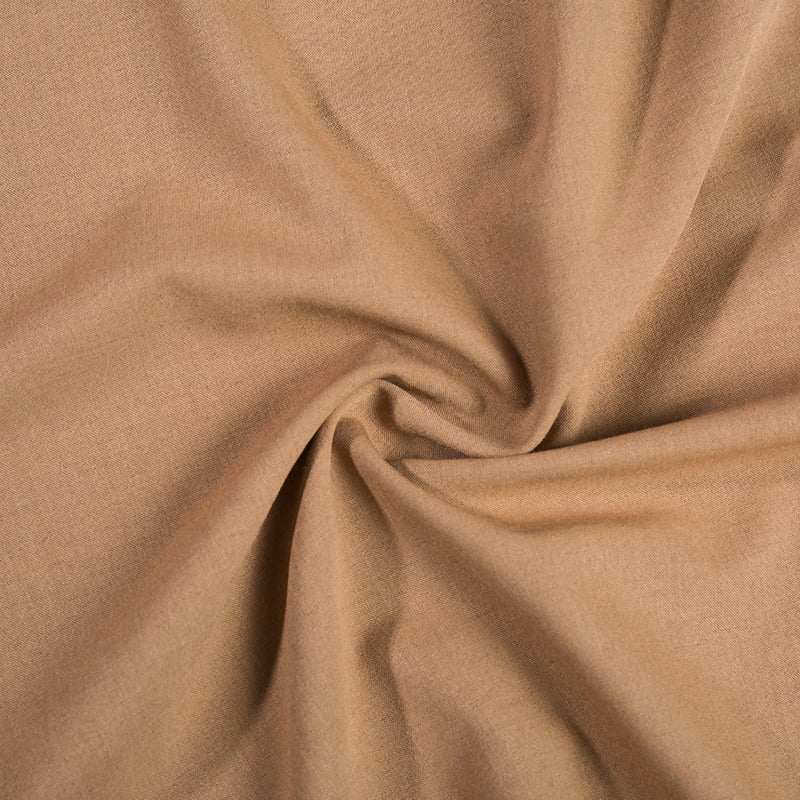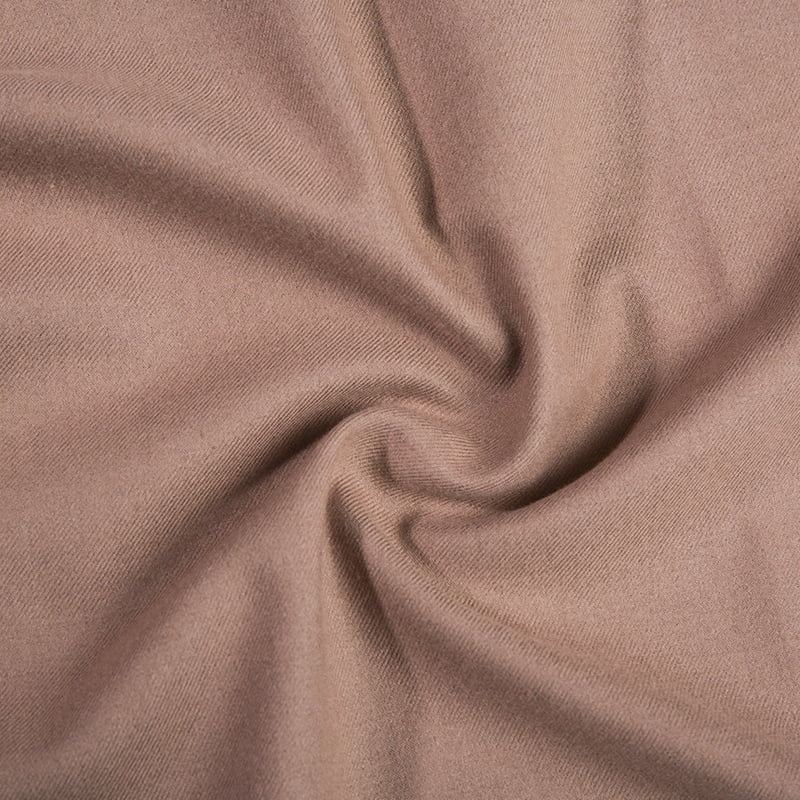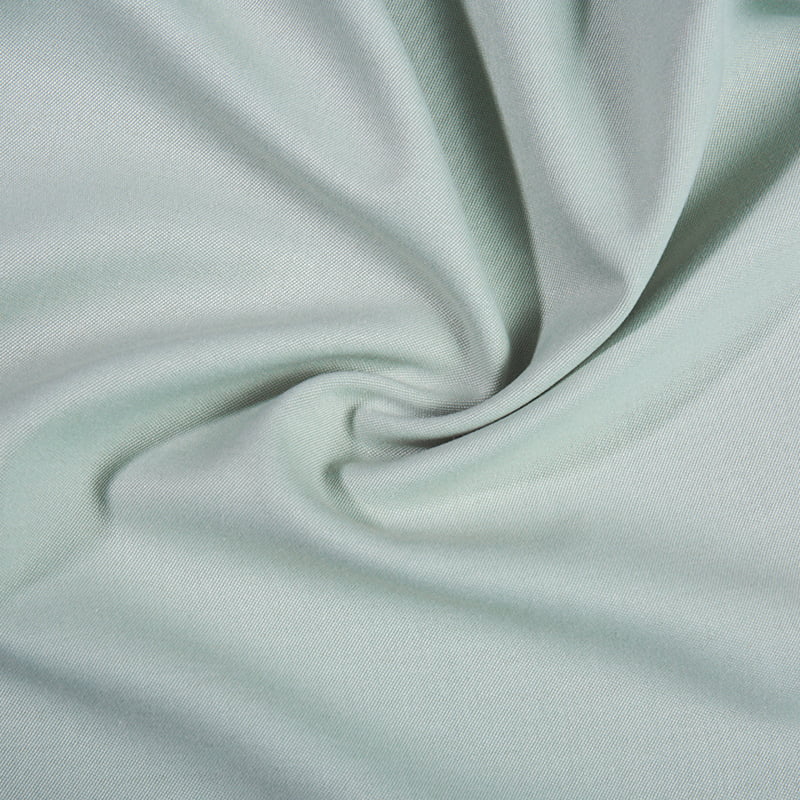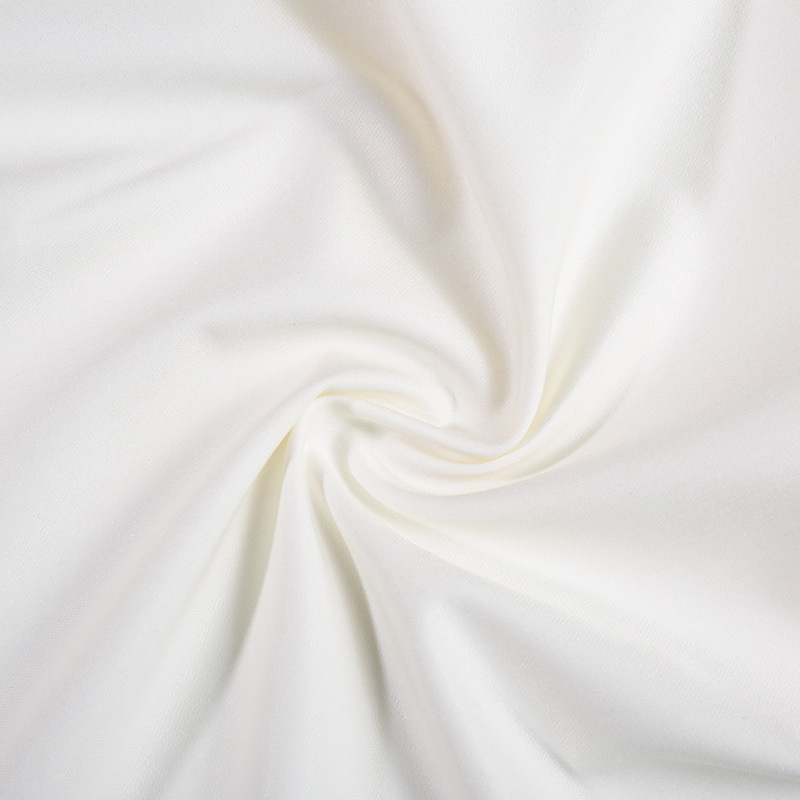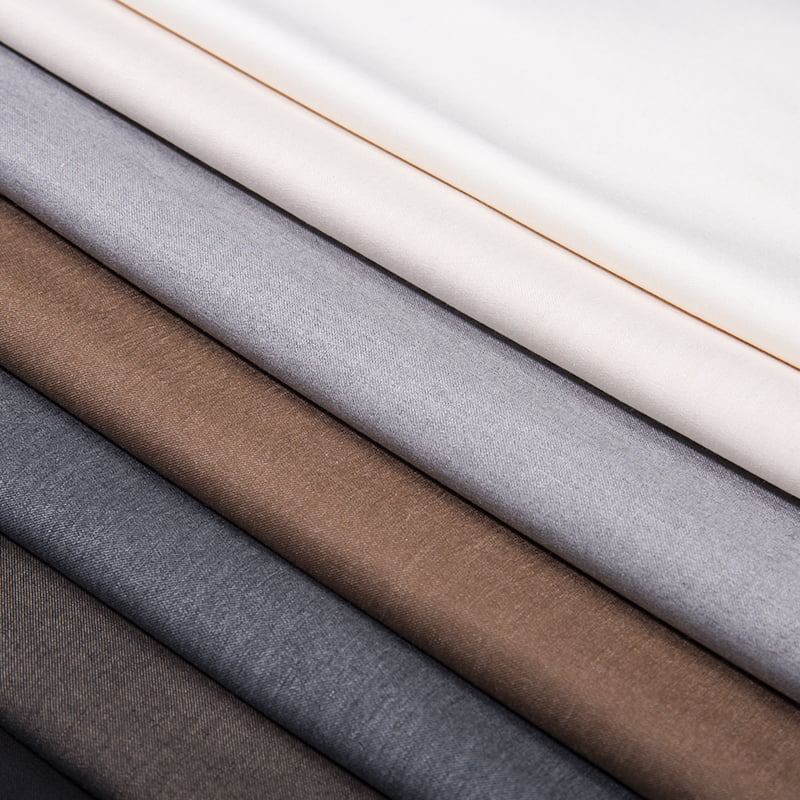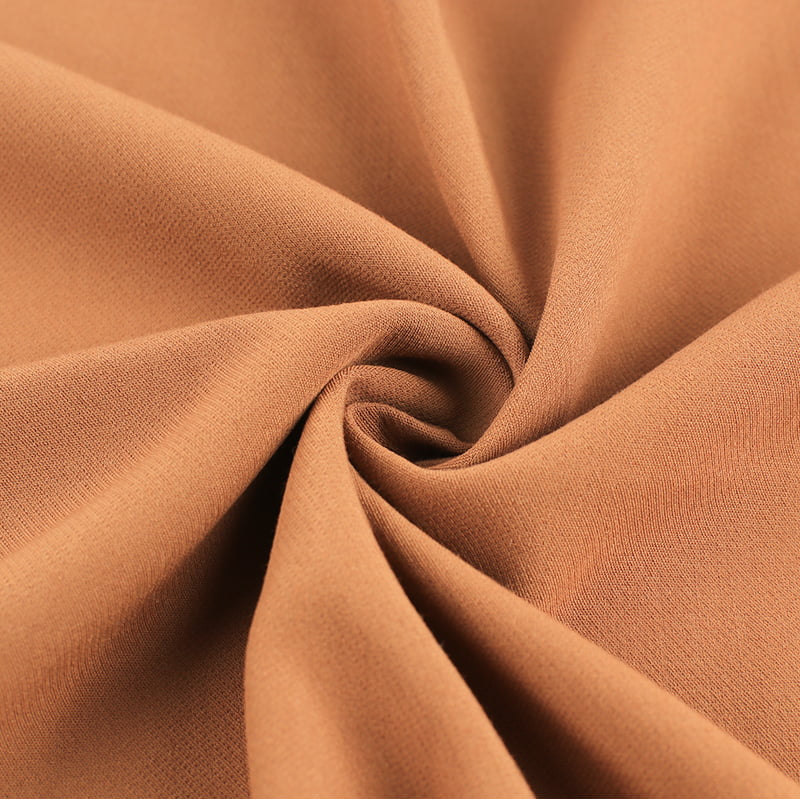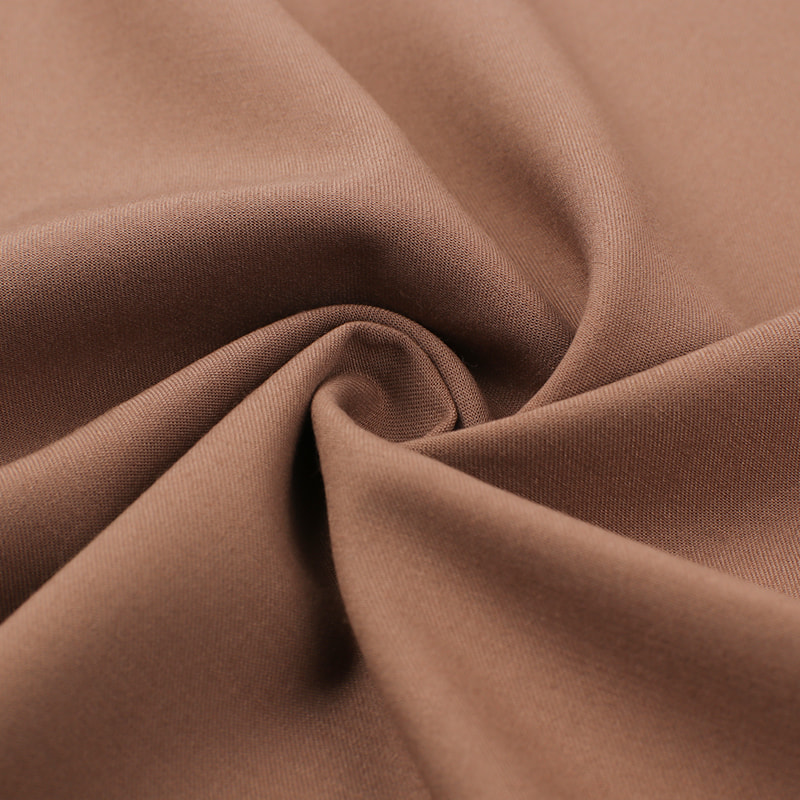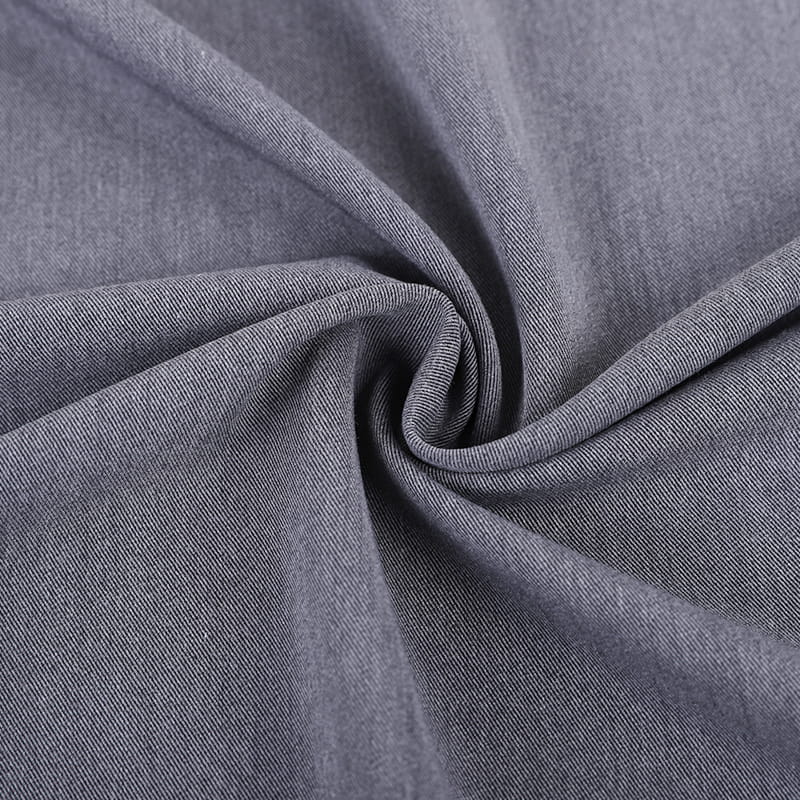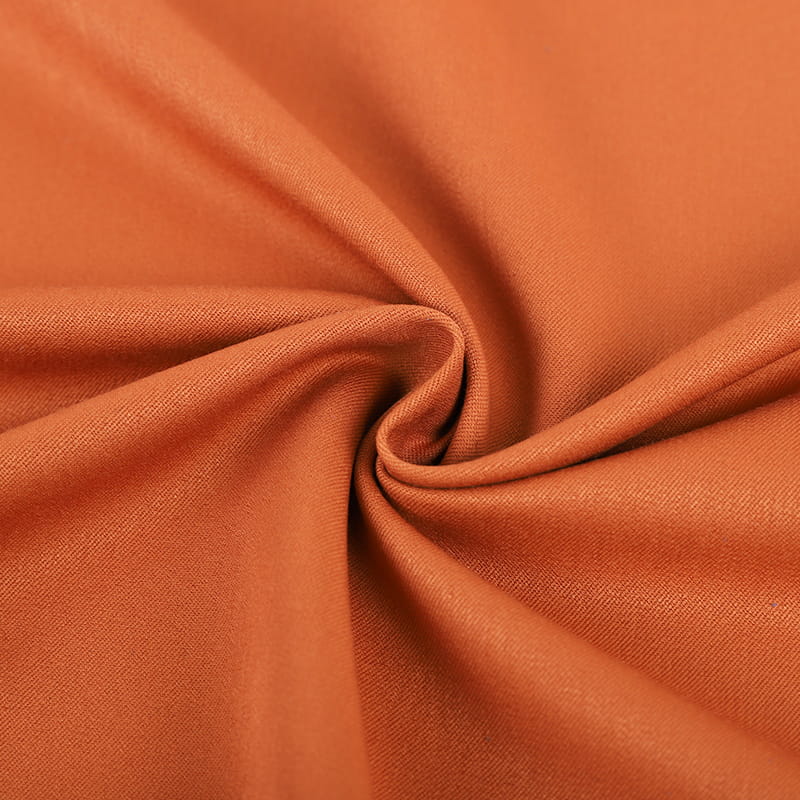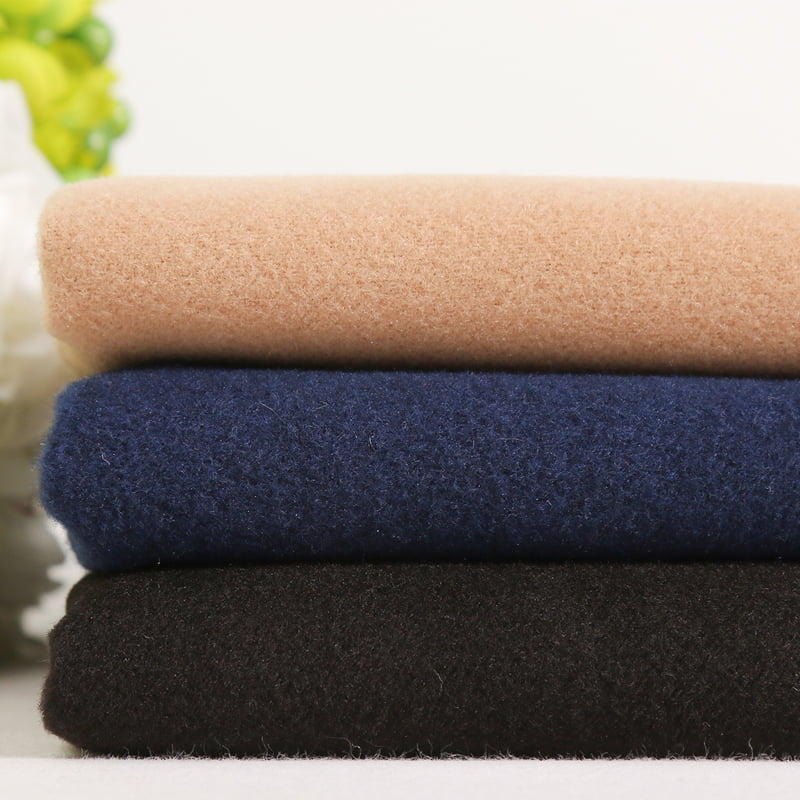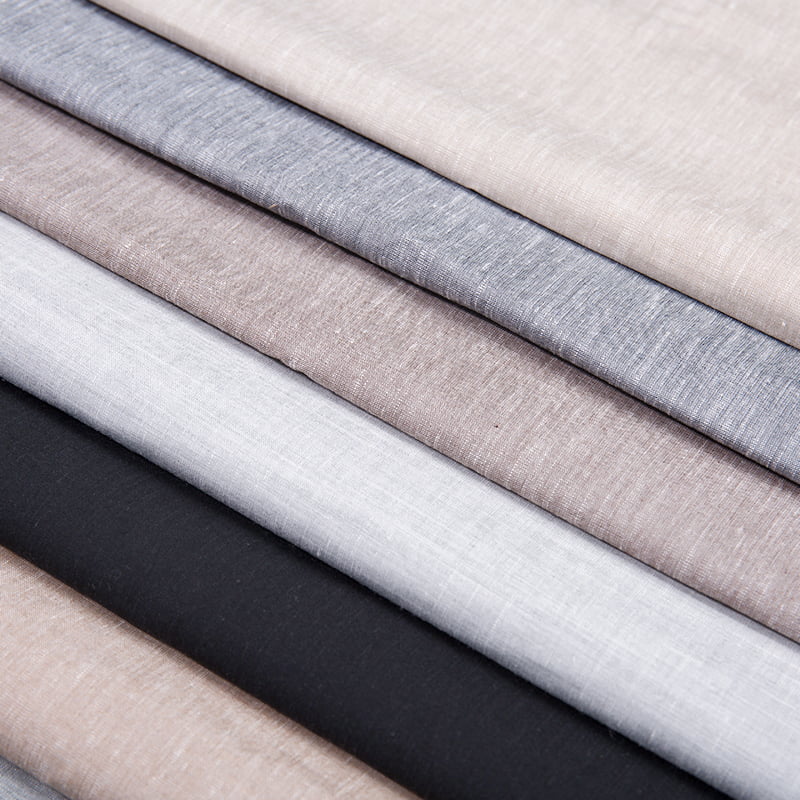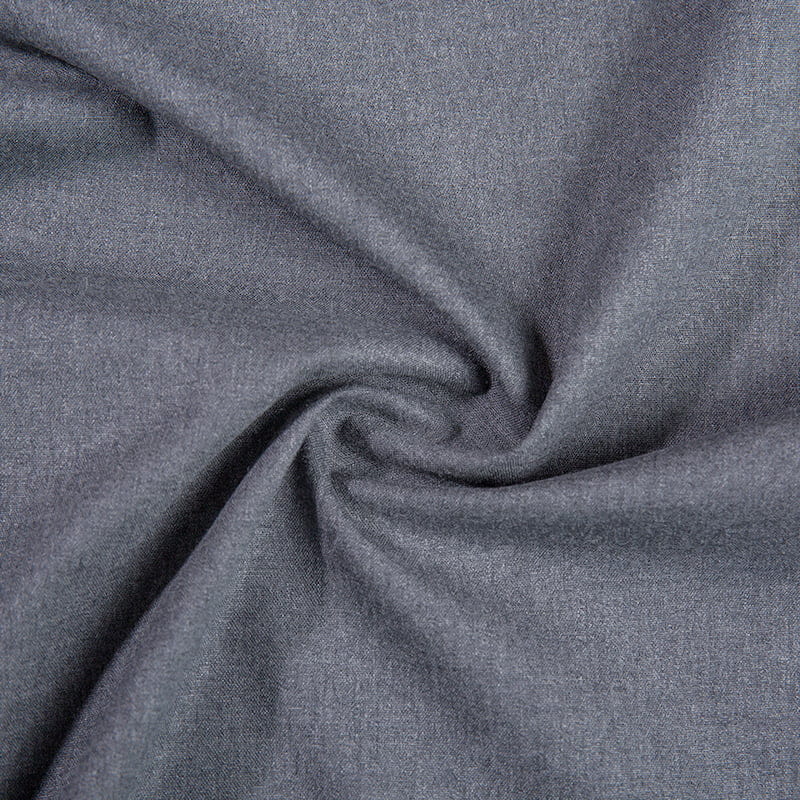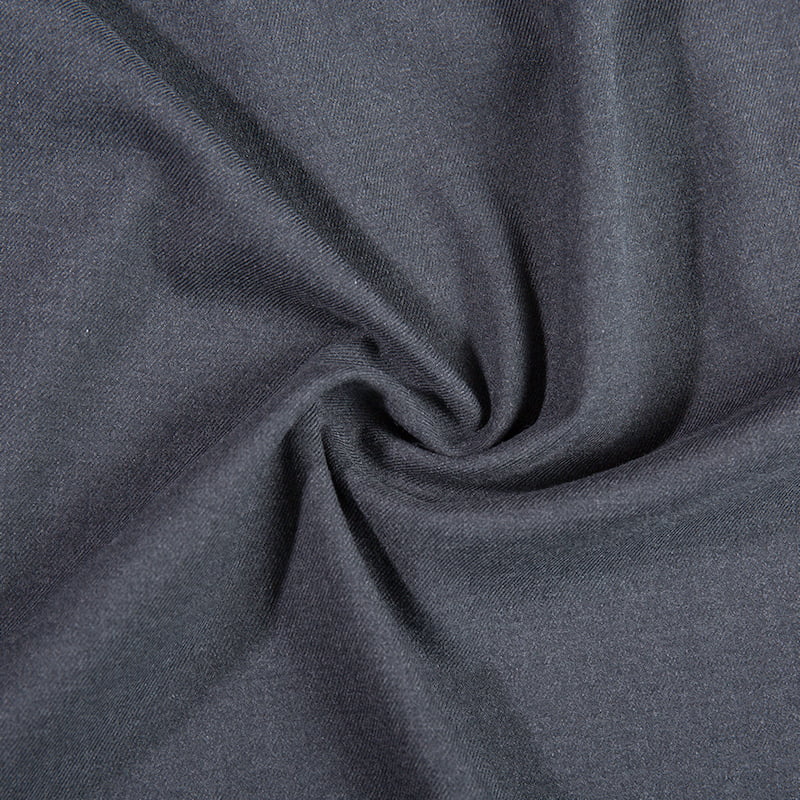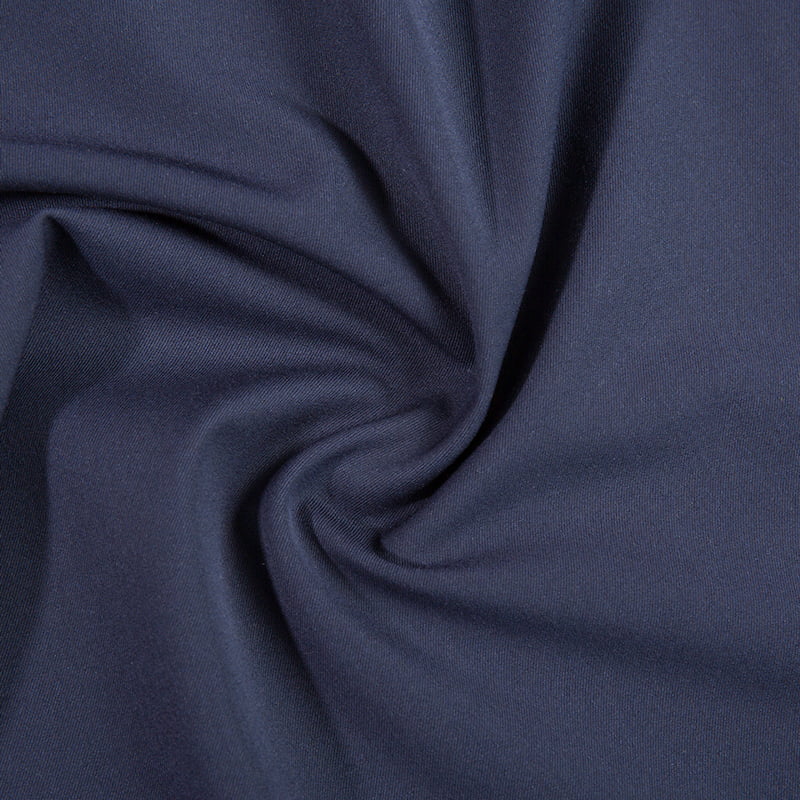In the textile industry, the choice between fabric types is critical for manufacturers, designers, and consumers alike. Two prevalent materials are cotton, a long-established natural fiber, and TR fabric, a blended textile.
Composition and Fundamental Characteristics
TR fabric is a blend of Terylene (a type of polyester) and Rayon (a semi-synthetic fiber derived from cellulose). The typical ratio is 65% polyester to 35% rayon, though this can vary. This combination is engineered to merge the strengths of both constituent fibers.
Cotton is a natural fiber composed almost entirely of cellulose. Its properties are inherent to the plant-based material and it is renowned for its softness and natural origin.
Key Comparative Aspects
1. Durability and Wrinkle Resistance
TR Fabrics: The polyester component grants TR fabric high tensile strength, abrasion resistance, and exceptional shape stability. It is highly resistant to wrinkling, making it an excellent choice for garments and upholstery that require a crisp, maintained appearance with minimal care.
Cotton: While durable, cotton is generally less resistant to abrasion than TR fabric. It is prone to wrinkling and often requires ironing after washing to restore a smooth appearance.
2. Comfort and Moisture Management
TR Fabrics: The rayon component provides better moisture absorption than pure polyester, improving the fabric's breathability and comfort. However, its overall moisture-wicking performance is a balance between the hydrophobic (water-repelling) polyester and hydrophilic (water-absorbing) rayon.
Cotton: This is a key strength of cotton. It is highly absorbent, capable of holding significant moisture, and is exceptionally breathable. This makes it very comfortable against the skin, particularly in warm climates, though it can feel damp when saturated.
3. Care and Maintenance
TR Fabrics: A significant advantage of TR fabric is its easy-care nature. It is machine washable, dries quickly due to the polyester, and requires little to no ironing. It generally has good color fastness, retaining its dye well through multiple washes.
Cotton: Cotton is also machine washable but is prone to shrinkage unless pre-shrunk during manufacturing. It typically has a slower drying time and, as noted, often needs ironing to remove wrinkles.
4. Drape and Aesthetic
TR Fabrics: The blend offers a smooth, often silk-like drape that is desirable for tailored garments like suits, trousers, and skirts. It can be finished to have a lustrous appearance.
Cotton: The drape of cotton can vary based on the weave (e.g., poplin vs. denim). It typically provides a matte, natural aesthetic and a softer, more casual drape compared to TR.
Application-Based Recommendations
For Formal/Corporate Wear: TR fabrics are frequently the preferred choice due to their durability, resistance to wrinkling, and professional drape. Garments made from TR fabric maintain their sharp look throughout a workday.
For Casual Wear and Bedding: Cotton is often favored for its superior softness, breathability, and natural feel. It is ideal for t-shirts, underwear, sheets, and towels where absorbency and comfort are paramount.
For Upholstery and Uniforms: The durability and easy-care properties of TR fabric make it a strong candidate for applications like school uniforms, workwear, and furniture covering that must withstand frequent use and cleaning.
Neither TR fabric nor cotton is inherently superior; each possesses a distinct profile of advantages. The selection between them should be determined by the demands of the final product.
TR fabric excels where durability, easy maintenance, and a wrinkle-resistant finish are the primary concerns. It offers a practical and performance-oriented solution for a wide range of applications. Cotton remains unmatched for its natural comfort, high absorbency, and breathability, securing its place in everyday casual wear and home textiles. Understanding these functional differences allows for a strategic and appropriate selection of material.


 English
English 中文简体
中文简体 日本語
日本語 한국어
한국어 Español
Español русский
русский


